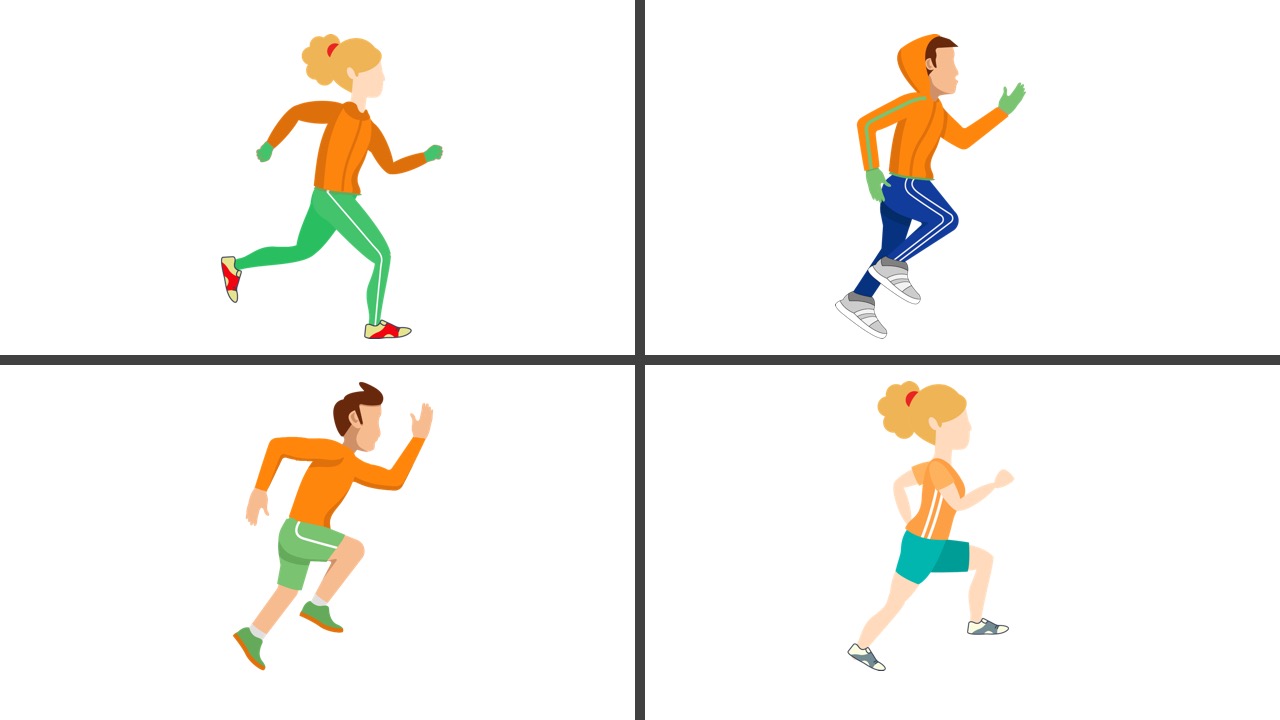Hello my fellow Athletes,
It’s one of those things of nature, Jack Frost nipping at our nose and toes. Here’s a general guide on running in different temperatures. [Caroline Dunn edit] If you have an Amazon Alexa device, you can also get a running clothing guide by saying, “Alexa, enable Running Clothes.”
Clothing and Temperature Guide:
Now that the seasons of change are coming our way, several questions have come our way about what to wear during certain temperatures in the winter, spring or fall. This is simply a guide however; you’ll want to see what works best for you. Be sure not to overdress, and use layers and synthetic breathable materials when possible. As a reminder, wear an SPF (30 or higher) with a UVA/UVB product that protects your skin. The sun still provides radiation even through the clouds. Protect your skin, hands, neck, face and lips (and don’t forget the skin area above your lips).
- 70 degrees and over – singlet or sleeveless shirt (or sports bra) / shorts and SPF (sunglasses if needed)
- 60-69 degrees – singlet or short-sleeve shirt / shorts and SPF (sunglasses if needed)
- 50-60 degrees – short-sleeve or long-sleeve shirt (if windy) / shorts (sunglasses if needed)
- 40-50 degrees – long-sleeve shirt / lightweight windbreaker running jacket (if needed) / pants or tights if below 45 degrees, gloves / ear warmers or running hat. (sunglasses if needed).
- Below 40 degrees – long-sleeve shirt / fleece jacket / pants or tights / gloves and hat or ear warmers / neck protection if needed.
- Wind Resistant Gloves (with mits) also play a huge role in keeping our hands warm.
Also use some type of facial moisturizer, so that if there is any wind you’ll avoid any type of “wind burn”. Another product I use is petroleum jelly such as Vaseline (there is the type that comes in the tub, it now comes in “baby scent” or the new Vaseline gel “cocoa butter” another one of my favorites. Here’s the gist of Vaseline (I learned this from the Kenyans I was training with) you’ll want to use Vaseline on the exposed areas of your body, keep in mind, this “clogs” the pores” which helps your body contain your body heat. DO NOT use Vaseline in the summer, or you will feel your performance dwindle very rapidly.
Here are some additional Pearls of Wisdom:
- Long-sleeved technical shirt. And stay away from Cotton, it will add 5 – 10 additional pounds of sweat that you do not need while running.
- Gloves. Blood-flow gets diverted to working muscles so your digits (hands) are among the first things to get cold. I have heavy gloves and mittens to wear when it gets really chilly (below about 25F), but for temperatures from freezing, on up, I recommend the lightweight jersey or poly gloves. They do the job, and at about $2 or $1/pair, if you lose or have to toss them during a run, you won’t shed many tears. Cheap and free gloves have also been a staple at cold-weather race expos — you may score whenever you attend expos.
- Running hat, it will absorb the sweat and/or perspiration before it runs into your eyes; in the winter it can keep some of the heat in, and keep your ears from frosting. (but ensure it’s a running hat not a baseball cap).
- Running Tights. When it gets below freezing, even my legs need help. You can run in sweat pants, but I recommend tights that keep legs warm without restricting movement. BTW, these are worn beneath running shorts.
- Jacket. A lightweight Gore-Tex jacket is perfect for additional warmth or protection from rain while allowing perspiration to escape.
- Your feet will warm eventually, but there are some specialty socks that will help speed the process. (again stay away from cotton socks)
Don’t forget to hydrate with water and electrolytes. Our bodies work on keeping warm so you tend to dehydrate much quicker. So drink up and bring out the Vaseline.

